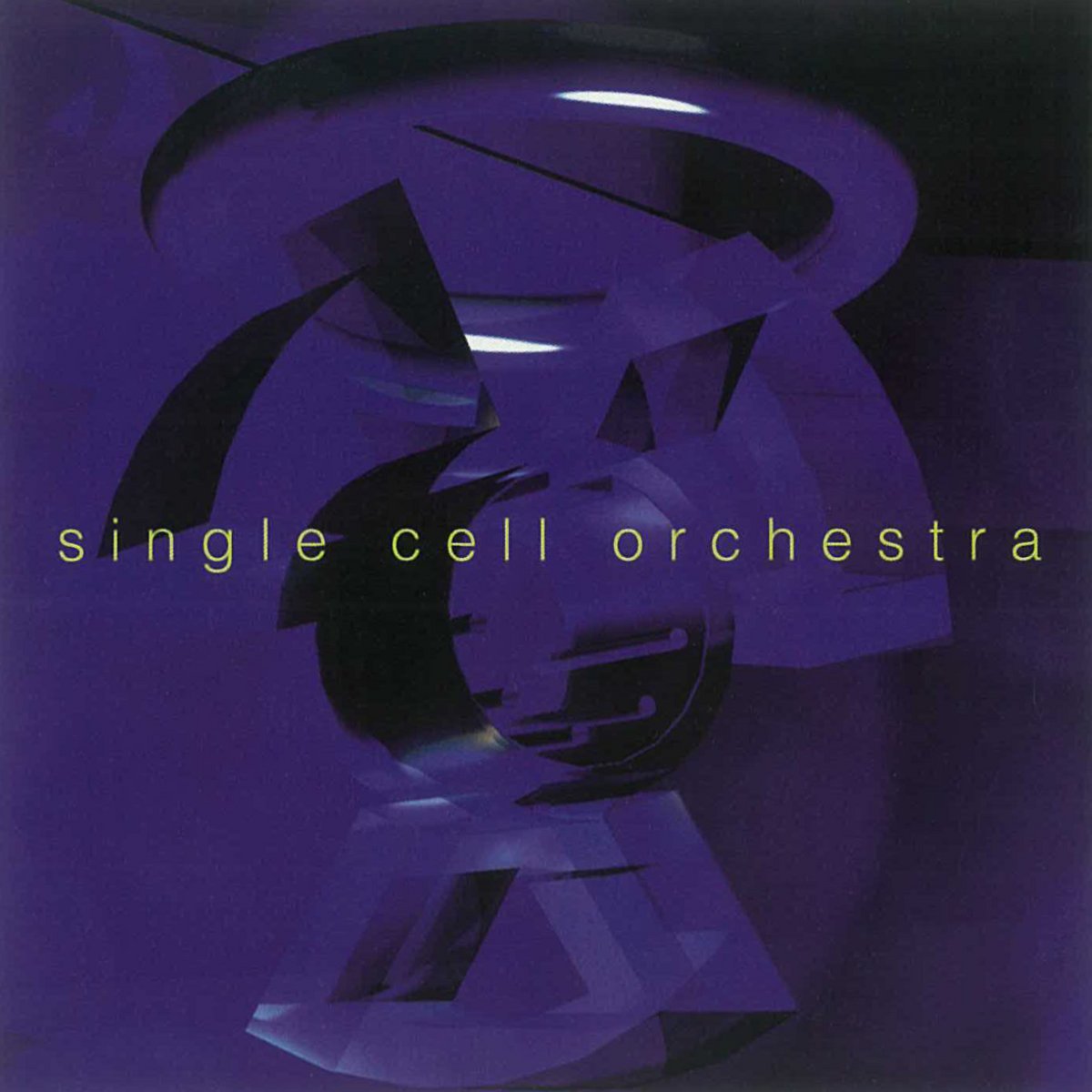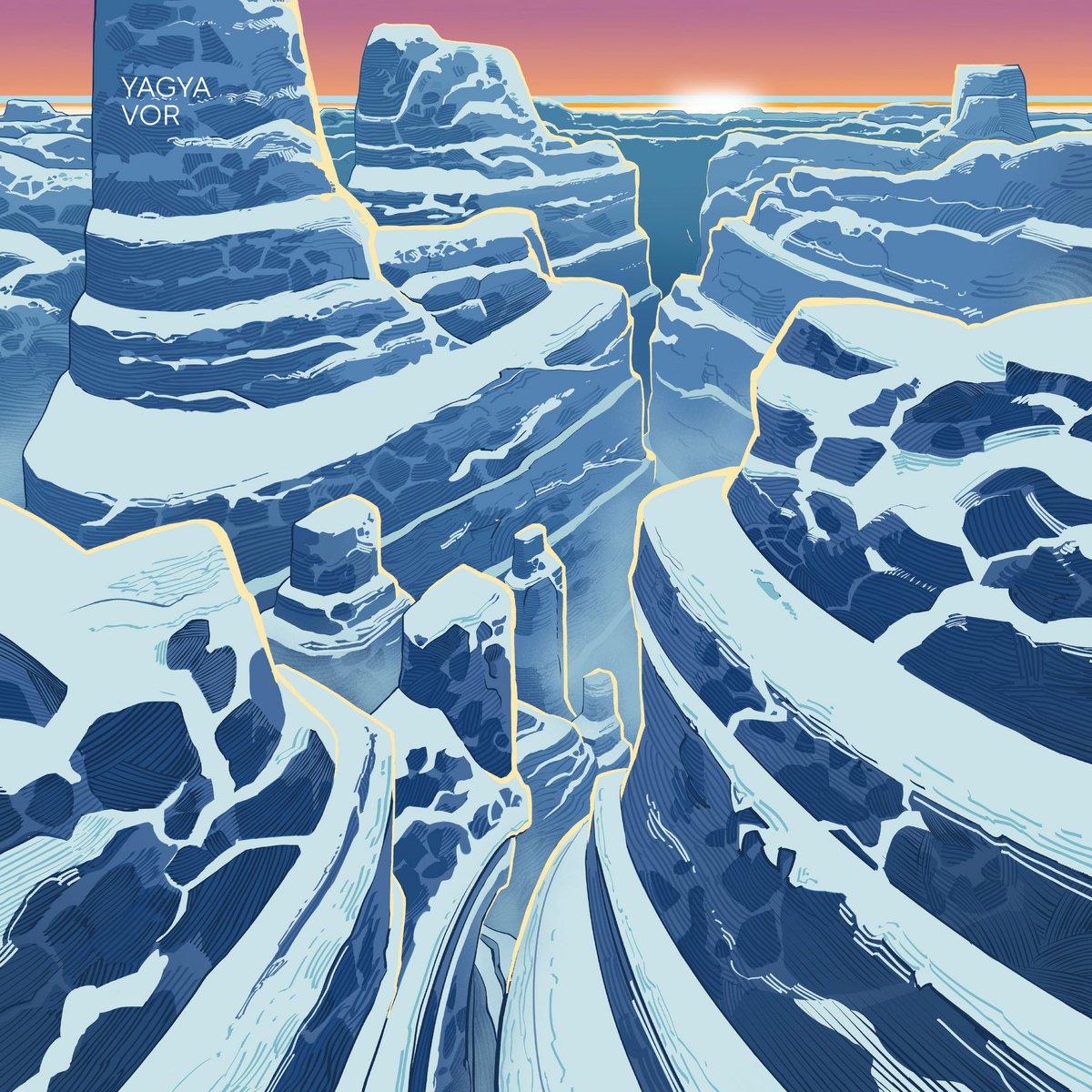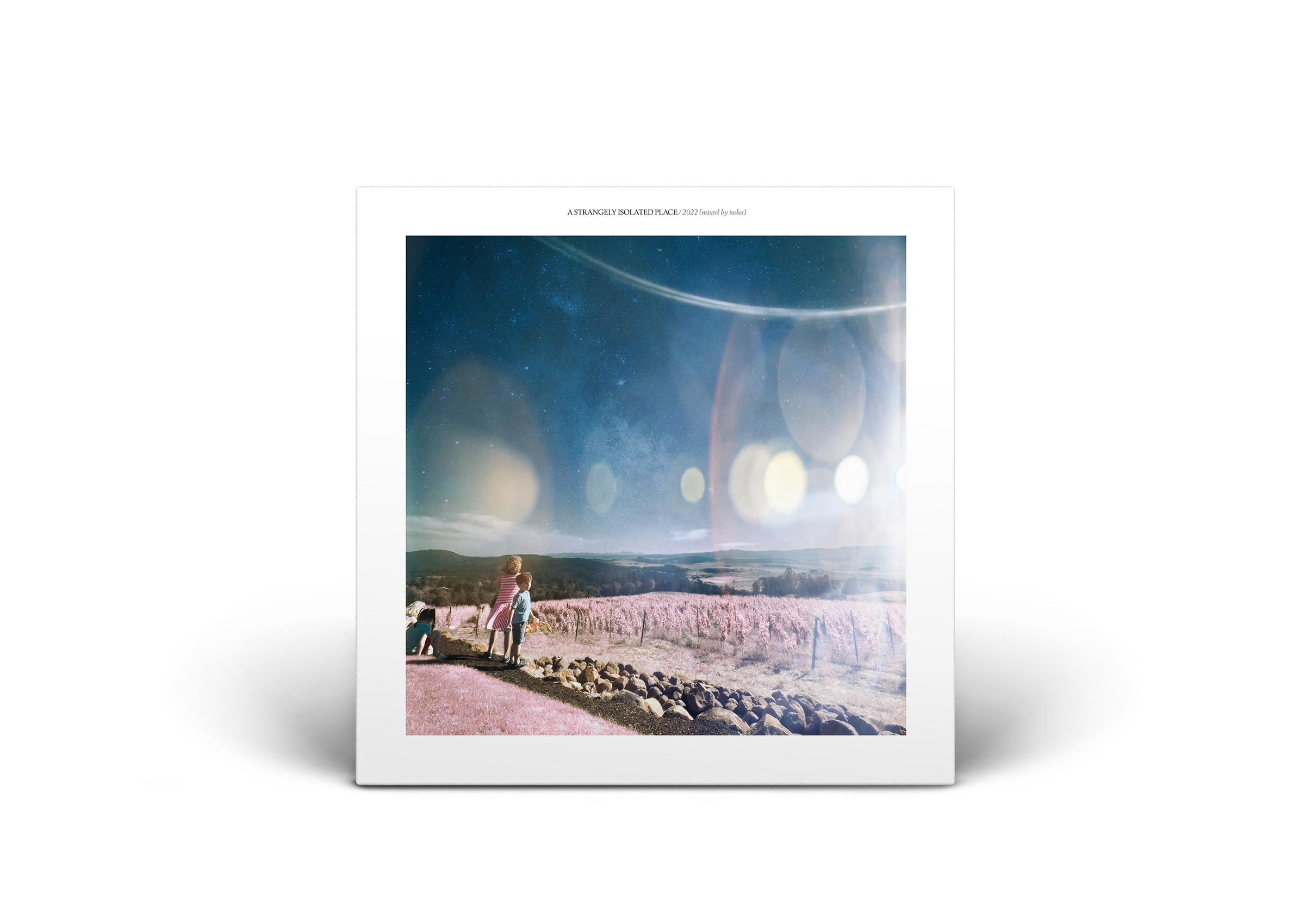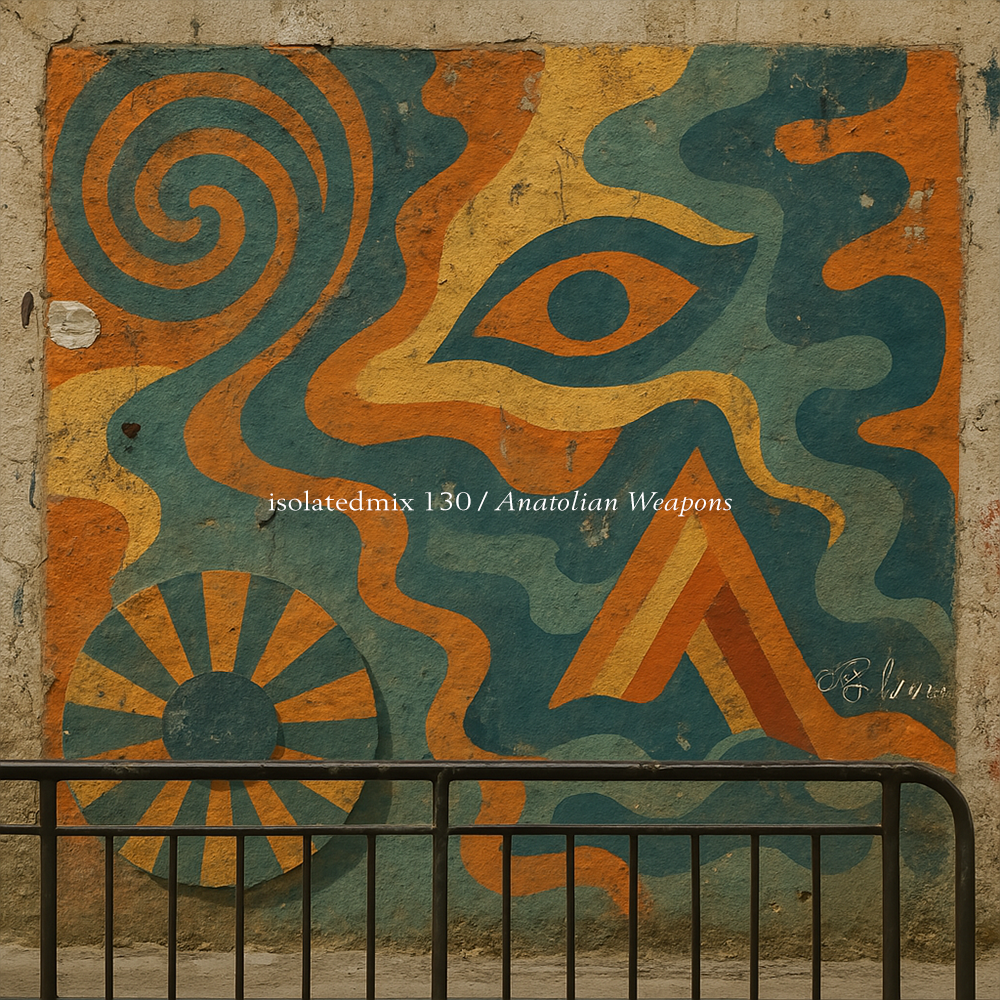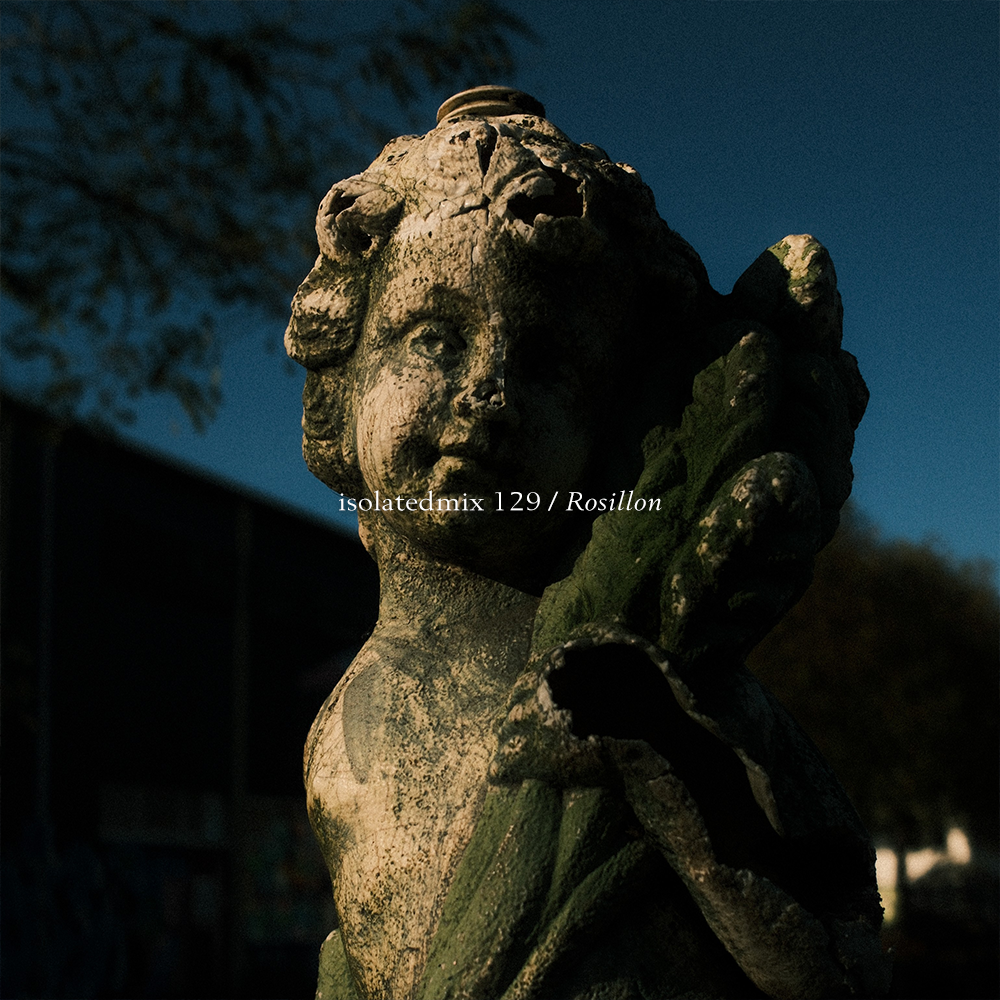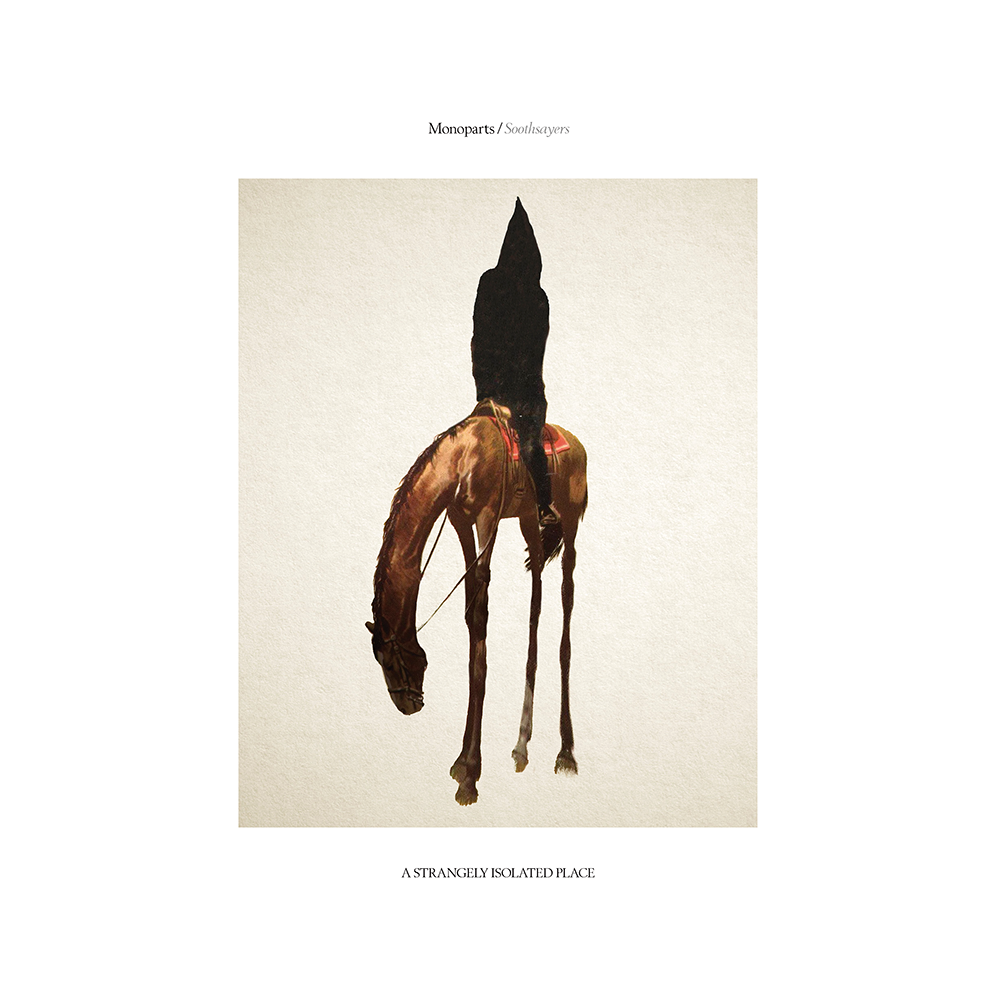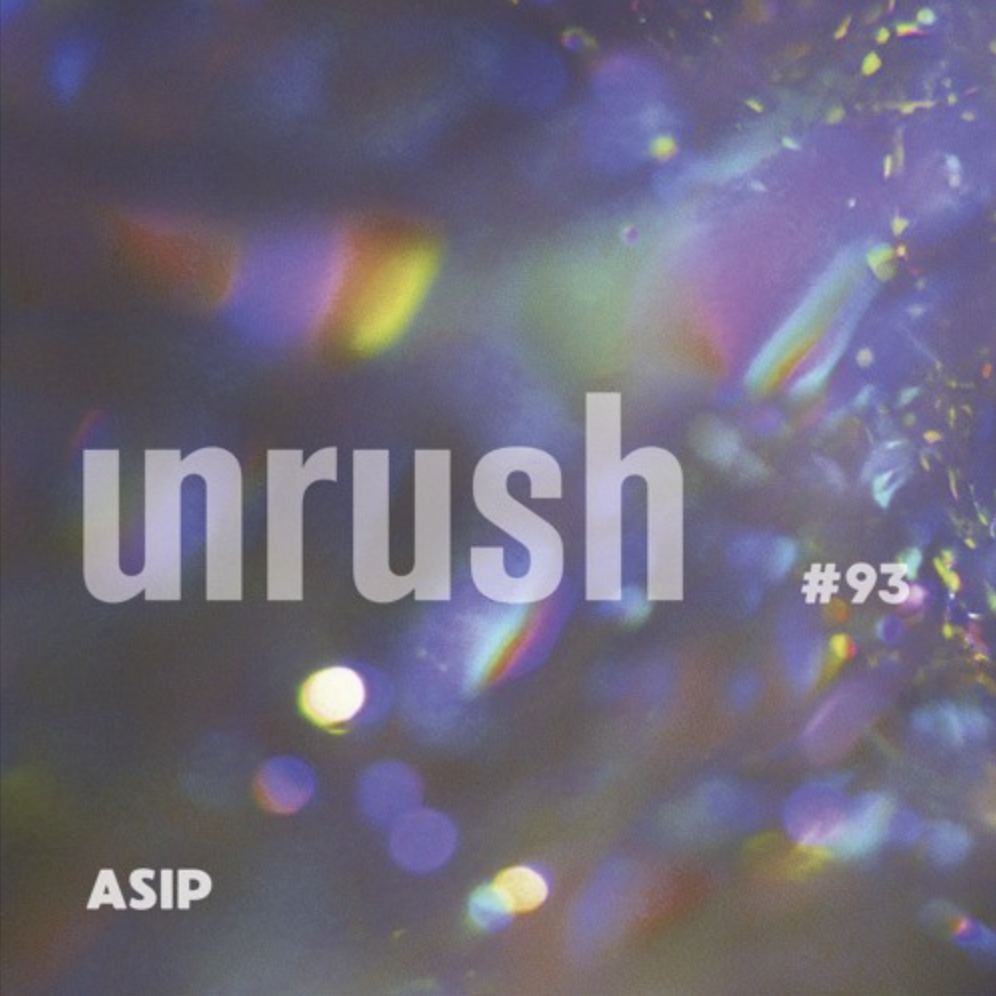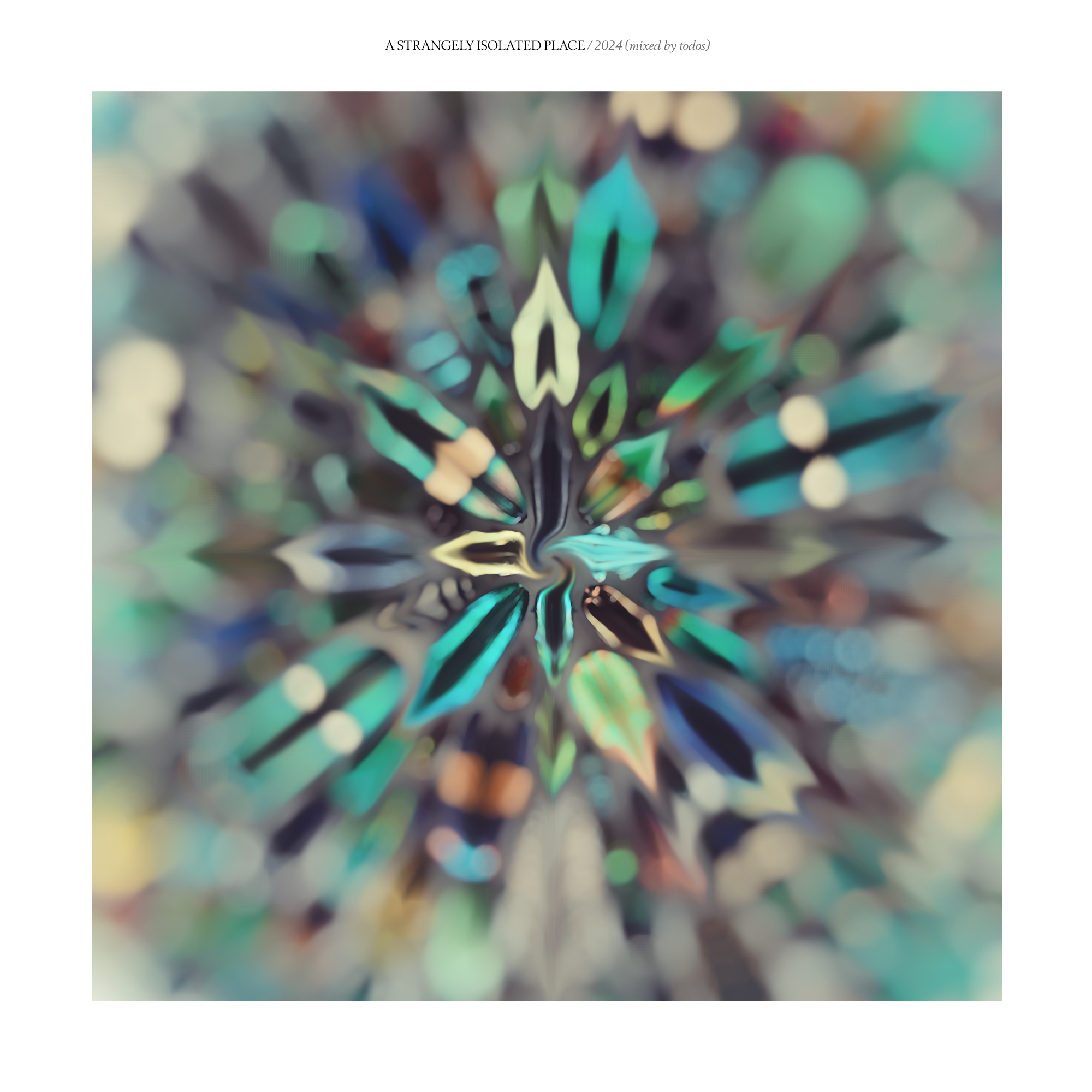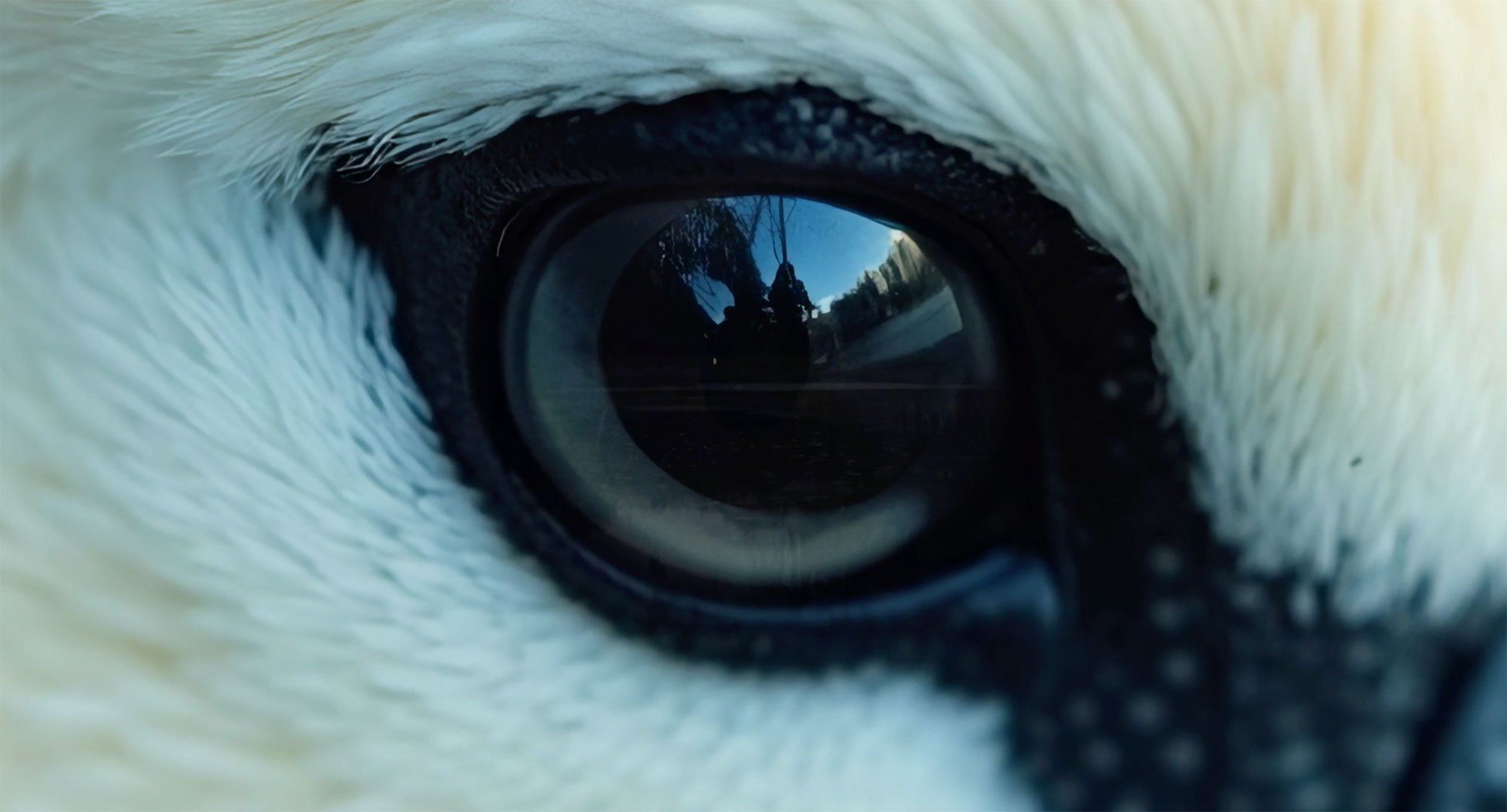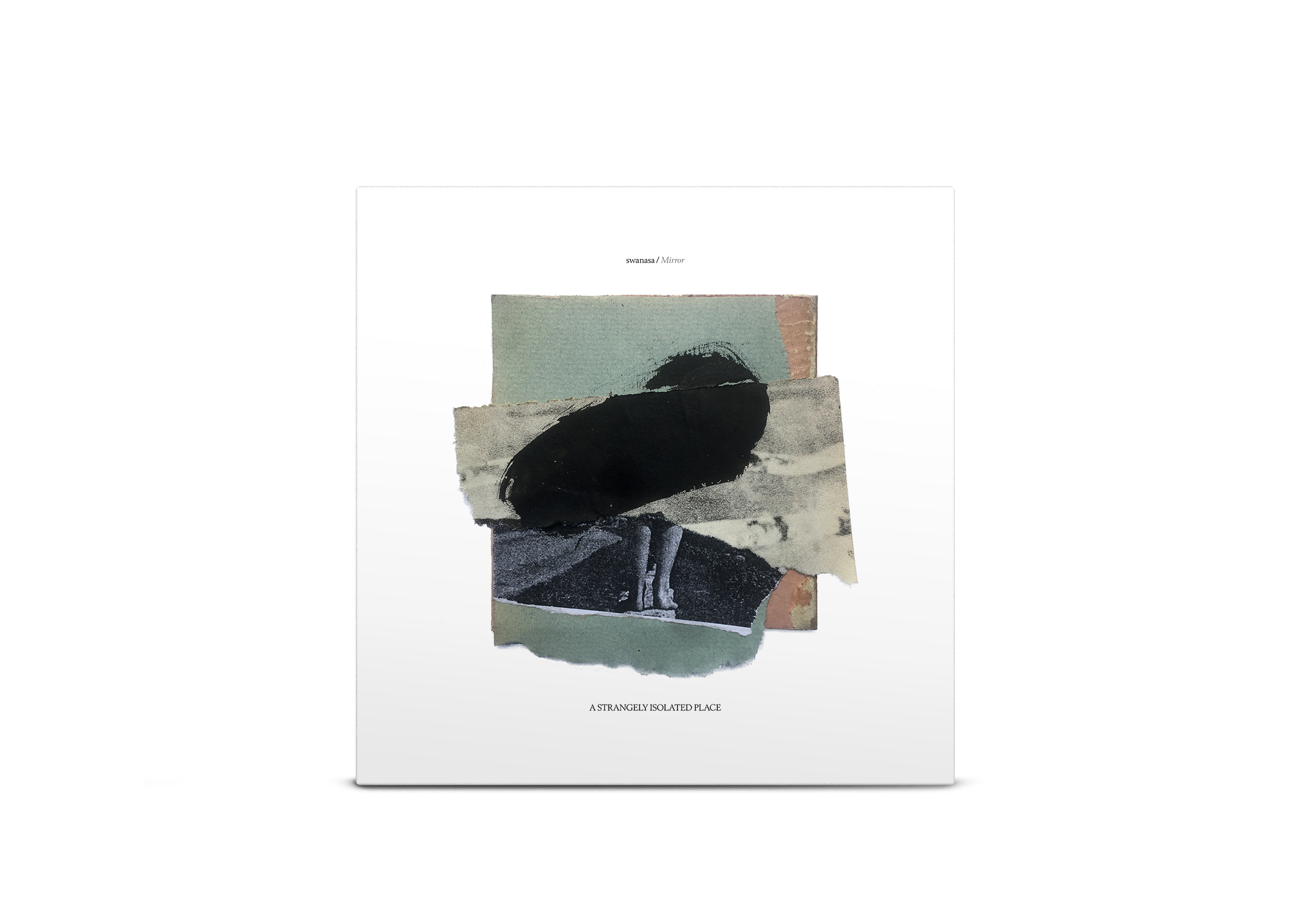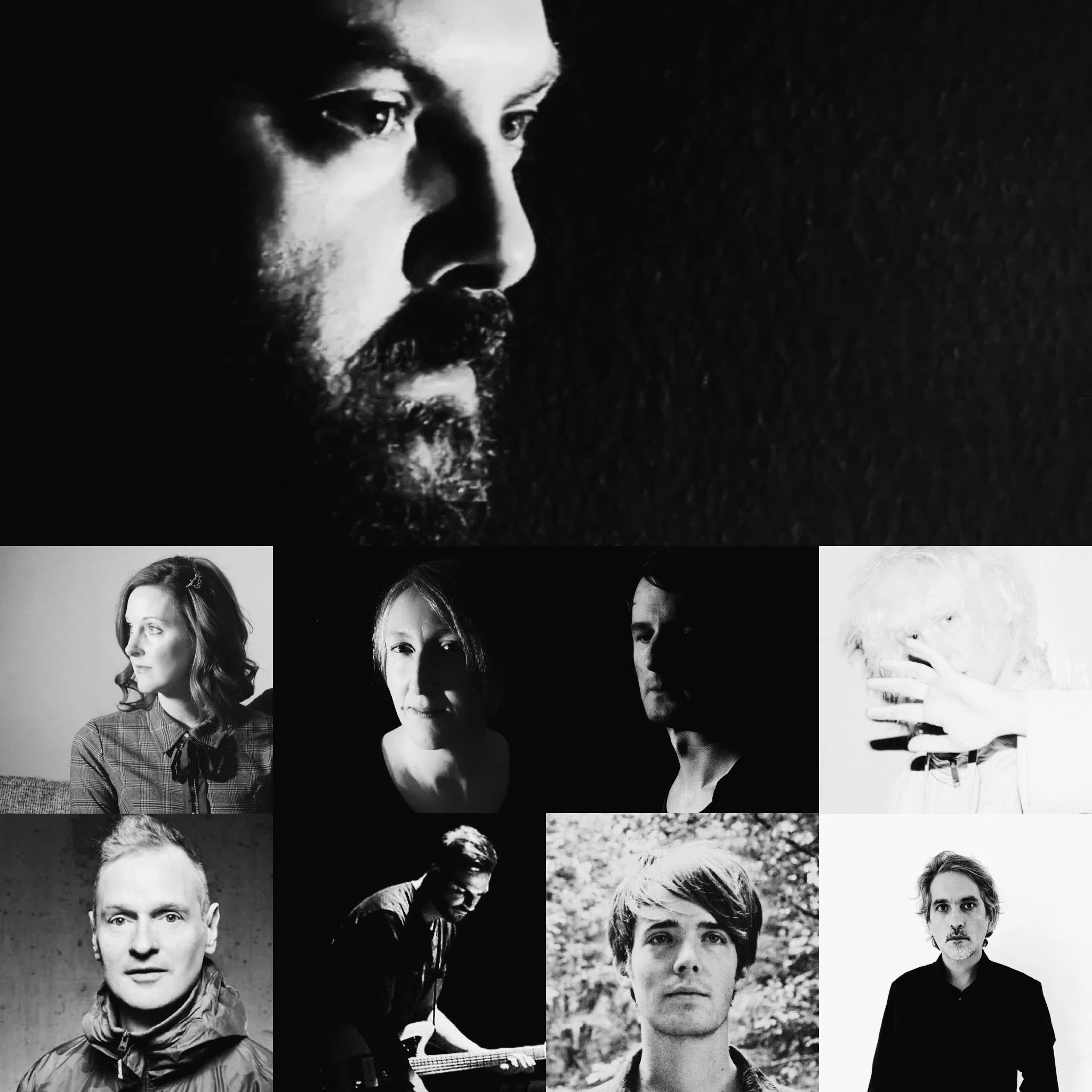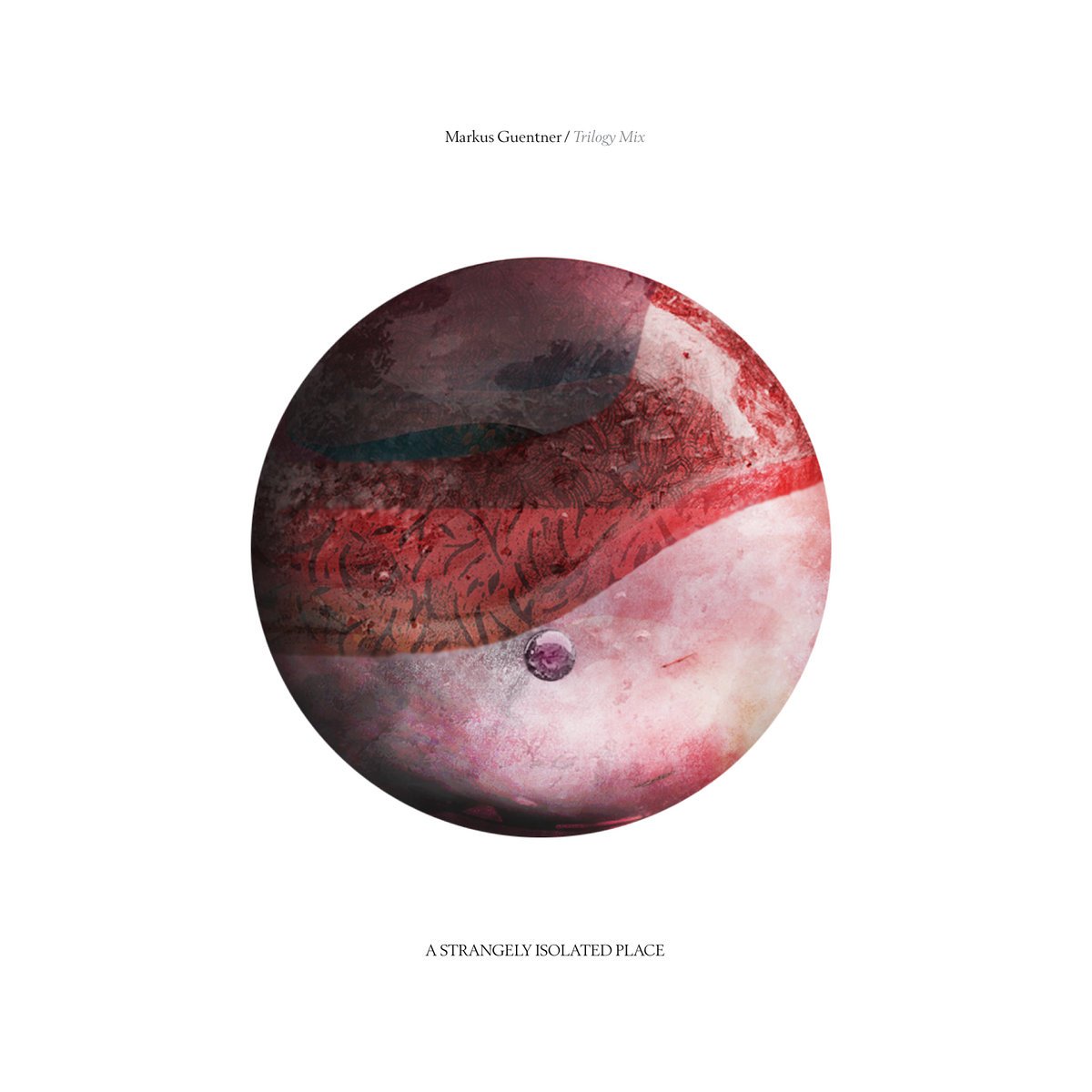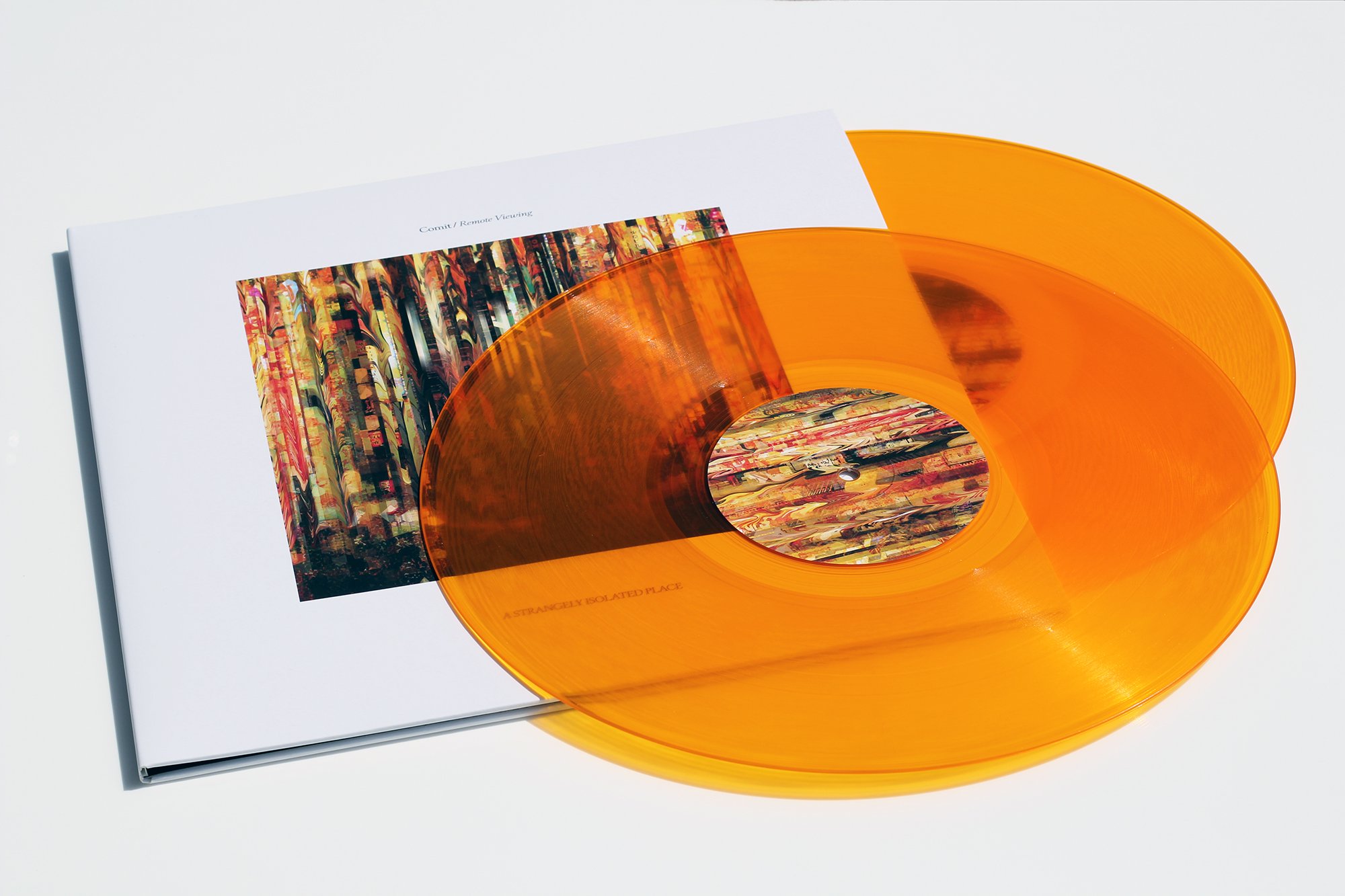Volume 7 is an ASIP artist-related special; on the odd chance you missed some of the amazing records put out by our small extended world of producers. I was thinking of maybe starting a new rating system for ASIP alumni - something along the lines of “How Annoyed I Am ASIP Didn’t Release This Out Of Five.”
Alex Albrecht - Someday Sara
Alex Albrecht on Anjunadeep wasn’t on my 2025 bingo card, but listening now, it makes complete sense. Alex’s sensibility and stewardship of —quite simply— feel-good music can be heard through his ambient field recordings all the way to the warm-up dance floor. Anjuna veers towards the more accessible side of things, of course, so here Alex has dialed up the beats, but kept consistent with the organic instruments and storied pianolines.
If you liked his release here on ASIP, imagine this record as Disc Two (Evening) versus our Disc One (Daytime) to put it in 90’s Trance Compilation verbiage.
Abul Mogard & Rafael Anton Irisarri - Live at Le Guess Who?
Guido and Rafael’s 2024 collaboration, Impossibly Distant, Impossiblt Close, is the most fitting album title I’ve ever encountered. Listening to it on headphones was a revelation—an immense soundscape unfolding while the smallest details surfaced with startling clarity. Naturally, experiencing this record of the duo playing live is just as mesmerizing.
Also, Berliners, please note our very own Lihla will be performing at the same show as these two greats on March 20th… don’t miss!
Yagya - Vor
Shawn Reynaldo (First Floor) recently featured this album in his newsletter, and his short review pretty much hit the nail on the head. Something along the lines of- and I may be paraphrasing here with my own POV- ‘dub techno is getting pretty popular again, but no-one does it better than some of the overlooked OGs’. Well, Yagya is one of the OGs, and on Vor, he returns to his purest manifestation. Bellowing clouds of dubby warmth take you right back to the tin shed pitter-patter vibe of Rigning, with more confident flourishes to be found after years of perfecting his style.
Deepchild - Beloved
Rick Bull swings from banging techno to swirling moods of ambiance over on his Bandcamp, so it’s hard to know when to dive in if you only enjoy one of the two (luckily, I enjoy both!) ‘Beloved’ is a similar vibe to his vocal approaches on his ASIP release ‘Mycological Patterns’, and in a textured Burial-esque way, can be even more engrossing and intriguing at points.
Markus Guentner - Black Dahlia
Markus has been getting some amazing and well-deserved praise for his new album on Affin, Black Dahlia. You don’t need to ask me, his #1 fan if it’s any good… But those who listen to Markus’ music are a special breed in today’s overbearing world. His music and sound design are truly enveloping, and great rewards can be found if attention is given from front to back. Black Dahlia is a precious reminder of this attentive listening approach, as Markus has taken an even more metallic and experimental approach to his usual widescreen world-building - it’s not all comfort in there, but the reward is just the same.
Jo Johnson - Alterations 1: Unbroken
Jo is up there with some of the masters of synthesizer minimalism, but instead of pioneering the sound in the 70’s, she’s keeping the atmospheric and dystopian side of this music well and truly alive. And I mean that in a positive light, of course. Much darkness can be found in her compositions, but she is never overbearing to the point of negativity. It was her delicate approach alongside Hilary Robinson that made their 9128 release so glorious, and once again, this record is another class in session.
No embed enabled on this one, so head on over and dive in.
Find these albums and many more over on my Bandcamp Collection.
